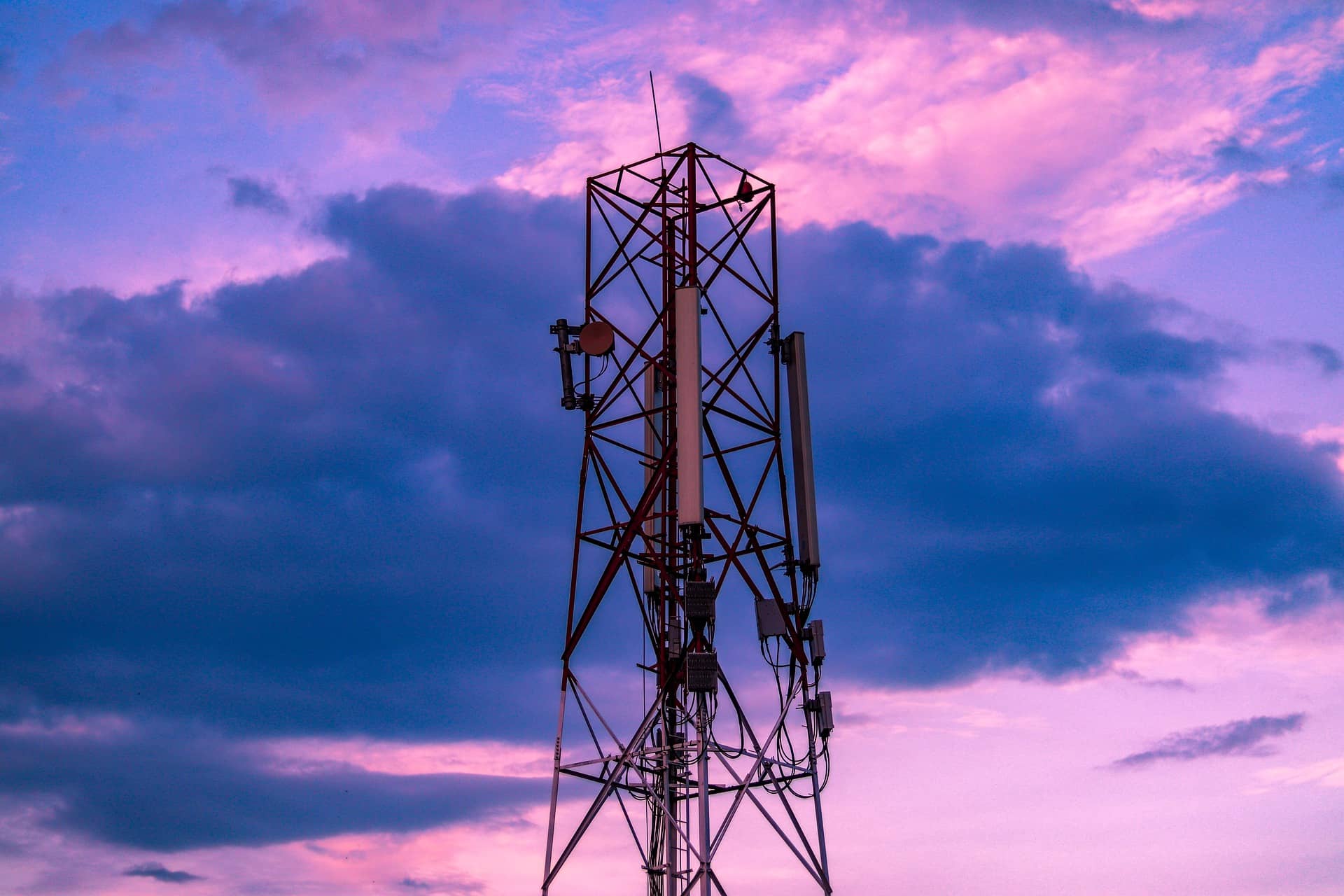
Since its first commercial launch in 2019, 5G has evolved rapidly – far faster, in fact, than its technological predecessors, 3G and 4G.
Industry standards organisation 3GPP officially chose the name 5G Advanced for the next step in 5G’s technical evolution last April and announced in December that work was commencing on defining the technology in Release 18.
Release 18 is currently expected to be published in 2024.
“We’ve never seen a generational technology advance so quickly. We’re seeing operators launching 5G networks around the world, using different access technologies like Fixed Wireless Access…
Since its first commercial launch in 2019, 5G has evolved rapidly – far faster, in fact, than its technological predecessors, 3G and 4G.
Industry standards organisation 3GPP officially chose the name 5G Advanced for the next step in 5G’s technical evolution last April and announced in December that work was commencing on defining the technology in Release 18.
Release 18 is currently expected to be published in 2024.
“We’ve never seen a generational technology advance so quickly. We’re seeing operators launching 5G networks around the world, using different access technologies like Fixed Wireless Access, and 5G standalone is beginning to arrive too,” said Calvert. “In the future, we’ll see 5G using mmWave spectrum that the operators have recently acquired. And lastly, we’ll soon see the next generation of 5G – 5G Advanced – start to enable new use cases for the consumer and enterprise marketplaces.”
One of the most exciting new experiences that 5G Advanced will enable for consumers is Extended Reality (XR), a term encompassing all real-and-virtual combined environments, from virtual reality (VR), where a user is immersed in an interactive virtual world, to augmented reality (AR), where interactive digital images are overlaid on the physical world.
In 5G’s current form, applications using XR are still largely in their infancy, but this will change rapidly with the arrival of 5G standalone networks and 5G Advanced specifications.
Calvert compares his expectations for the rapid adoption of XR in the consumer to the boom in streaming services in the past decade.
“The situation we have been in during the pandemic, streaming has become one of the superstars of mobile technology,” he said. “Through the fourth generation and the fifth generation [of mobile technologies], we’ve seen streaming services grow exponentially. Netflix, for example, had around 7 million customers back in 2007; they now have 220 million customers. It’s phenomenal growth.”
He notes that one of the major barriers to XR adoption thus far has been the various limitations of consumer devices. Typically heavy and uncomfortable, not to mention expensive, early headset models are now gradually being replaced by sleeker, more user-friendly designs at a more accessible price point. With the arrival of more suitable devices coinciding with the development of more powerful and versatile 5G networks, XR will soon become a cornerstone of 5G’s usage in markets around the world.
“Over the next five years, XR is really going to drive the demand for 5G Advanced,” explained Calvert.
Of course, XR’s potential extends far beyond consumer entertainment devices. In the enterprise space, various industries are exploring the technology to help enable new ways of working, from colleagues collaborating on a project in a virtual space to augmented reality assisting engineers as they repair machinery.
XR is only a small part of what 5G Advanced will bring to enterprise customers. Release 18 will pave the way to unlocking high-precision location, presence, and timing technologies for the first time, allowing enterprises to have an even more detailed overview of their operations in real-time. This, in turn, will generate even more detailed datasets for these companies, offering them more precise analytical insights than were previously available.
With Statista forecasting the number of connected IoT devices to grow to 30.9 billion devices by 2025, these capabilities will soon be driving industry efficiencies like never before.
“Enterprises are starting to say ‘I can see my productivity, I can track my assets, I can see the logistics’. What 5G-Advanced brings, in this regard, is almost ultra-high-definition on that view. It starts to bring positioning data down to just centimetres, so you can start to find things accurately within your own factory.”
But while the huge potential of 5G Advanced is undeniable, the industry’s path to achieving its definition and widespread proliferation is still unclear. The GSMA is currently working to set up a 5G Advanced community, bringing stakeholders together from all parts of the industry to help collaborate on defining the new technology and the use cases it will enable in future.
“We’re about scalable adoption – we want to unleash the connectivity of the new standards commercially. And that’s really about understanding the use cases and the business case for the new technology,” said Calvert.
Ultimately, the GSMA wants to build an effective 5G Advanced framework so that operators rollout the new technology as soon as possible, with the assurance that it will offer them well-understood commercial opportunities.
You can watch our full interview with Henry Calvert by clicking here.

